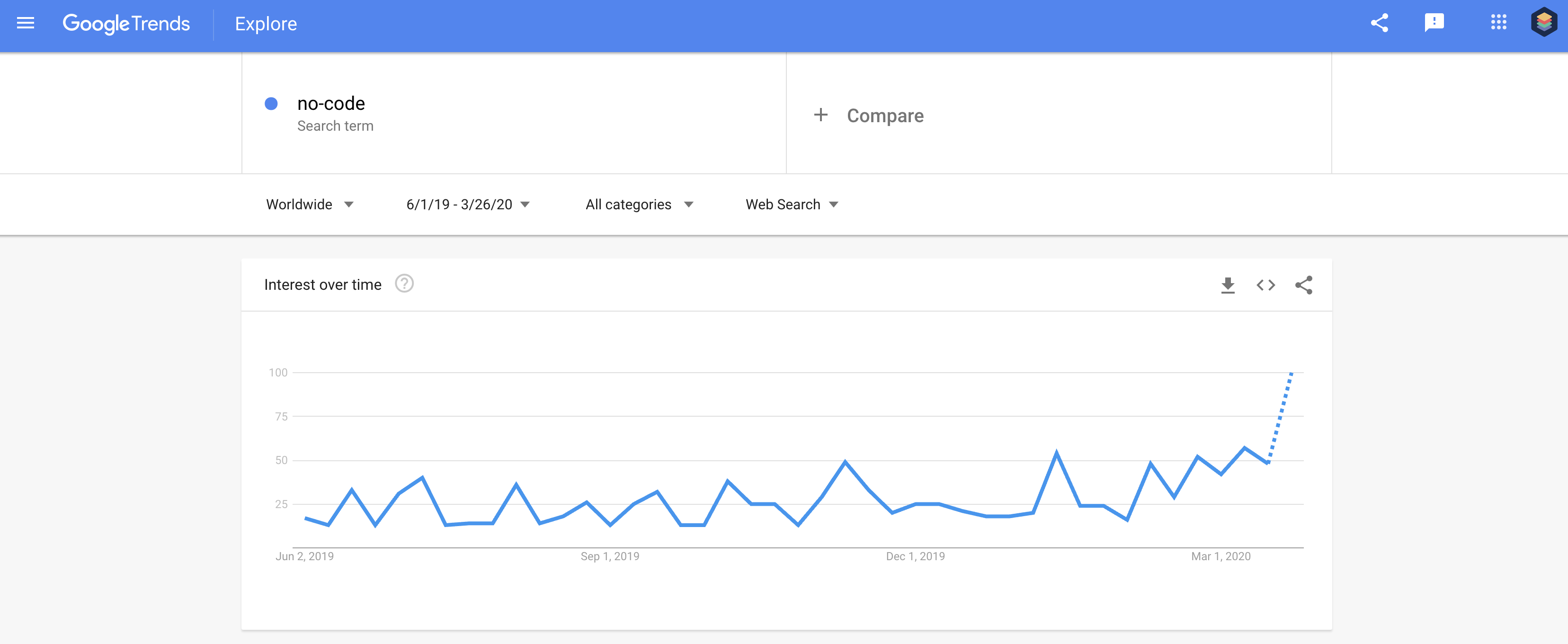Discover How Scalable Data Sources Can Be Utilized Without Coding to Boost Your Company Operations
In today's busy organization environment, the ability to handle and examine information efficiently is critical. no-code. Scalable data sources, specifically when coupled with no-code options, provide a transformative approach that encourages non-technical individuals to improve operations.
Comprehending Scalable Data Sources
Scalable databases are necessary for modern organization procedures, enabling companies to efficiently manage boosting quantities of data without compromising efficiency. These databases are developed to adjust and expand to the altering demands of an organization, ensuring that they can manage bigger datasets and more intricate questions as organizational needs develop.
Recognizing scalable databases involves identifying their 2 key kinds: upright scaling and straight scaling. Upright scaling, or "scaling up," includes including more power (CPU, RAM) to an existing web server to boost efficiency. Alternatively, straight scaling, or "scaling out," requires including extra web servers to disperse the lots, which frequently causes higher flexibility and fault tolerance.
Another important facet is the style of scalable data sources, which can be either non-relational or relational. Relational data sources, such as MySQL and PostgreSQL, are structured and make use of SQL for questions, while non-relational databases, like MongoDB and Cassandra, offer more adaptability with disorganized data.
Eventually, recognizing scalable data sources is crucial for organizations intending to leverage data as a calculated possession, enabling them to continue to be affordable in an increasingly data-driven environment.

Advantages of No-Code Solutions
Opening the possibility of no-code options empowers companies to simplify operations and improve efficiency without the requirement for comprehensive programs expertise. These platforms allow non-technical individuals to create, change, and manage databases effortlessly, therefore equalizing accessibility to modern technology across teams.
One of the main advantages of no-code solutions is their speed of implementation. Services can promptly release applications and automate procedures, considerably minimizing the moment invested on growth cycles. This dexterity enables organizations to respond quickly to market adjustments and customer needs, fostering a competitive edge.
Additionally, no-code platforms reduce reliance on IT departments for day-to-day jobs, permitting technical groups to concentrate on even more complicated projects that need specialized skills. This change not just maximizes resource allocation but also advertises innovation within the company.
Cost-effectiveness is an additional benefit, as no-code remedies can decrease growth and maintenance costs. By minimizing the demand for coding proficiency, companies can harness the capabilities of their existing labor force without the overhead of employing additional personnel.
Popular No-Code Database Equipment
The surge of no-code solutions has actually caused the introduction of various database tools that accommodate businesses seeking performance and access. These devices equip users with minimal technological know-how to produce, take care of, and control databases seamlessly.

Caspio stands out for its capacity to construct internet applications without any kind of coding. It enables services to produce robust data sources and deploy applications promptly, dealing with different market needs. More hints In a similar way, Propensity provides straightforward user interfaces and effective data monitoring capabilities, you could look here making it possible for organizations to construct customized applications tailored to their operations.

Usage Situations in Service Workflow
Exactly how can organizations utilize data source devices to improve their procedures? Scalable databases give companies with powerful capabilities to manage and examine data without the need for extensive coding understanding. These devices can streamline numerous organization procedures, inevitably bring about enhanced effectiveness and productivity.
One noticeable use situation is customer partnership administration (CRM) Companies can make use of scalable data sources to track customer interactions, choices, and comments, allowing customized interaction and much better solution. By streamlining this information, groups can work together more properly and respond to consumer needs in real-time.
An additional considerable application is inventory administration. Companies can utilize no-code database tools to keep an eye on stock degrees, track shipments, and projection need. This guarantees optimum inventory degrees, reduces waste, and lessens stockouts.
Additionally, job monitoring can try this site gain from scalable data sources by enabling groups to manage jobs, deadlines, and sources in an unified platform. With real-time updates and data visualization, project supervisors can make enlightened decisions.
Getting Going With Implementation
Applying scalable databases in service operations needs an organized approach to make sure successful combination and application. The first step is to perform a detailed requirements evaluation, identifying specific company needs, data types, and anticipated growth patterns. This foundational understanding will guide the option of the suitable data source remedy.
Next, choose an user-friendly, no-code database platform that aligns with your operational goals. no-code. Numerous contemporary options provide intuitive interfaces, enabling non-technical individuals to take care of data properly. After selecting a system, develop a clear data design that details exactly how data will be organized, accessed, and maintained
Training is essential; make sure that group members are furnished with the required skills to make use of the database. Consider offering workshops or tutorials to acquaint team with the system's capabilities.
Final Thought
In conclusion, the assimilation of scalable databases via no-code services offers significant advantages for service procedures. Ultimately, leveraging these technologies can lead to improved performance and operational efficiency, placing businesses for continual development in a competitive landscape.
One popular no-code database device is Airtable, which combines the performance of a spread sheet with the power of a database.Exactly how can businesses leverage data source devices to enhance their operations? Organizations can utilize scalable databases to track consumer communications, preferences, and feedback, allowing tailored communication and far better solution.Executing scalable data sources in organization procedures requires a structured technique to make certain successful combination and application.In conclusion, the integration of scalable databases with no-code options provides significant benefits for organization procedures.